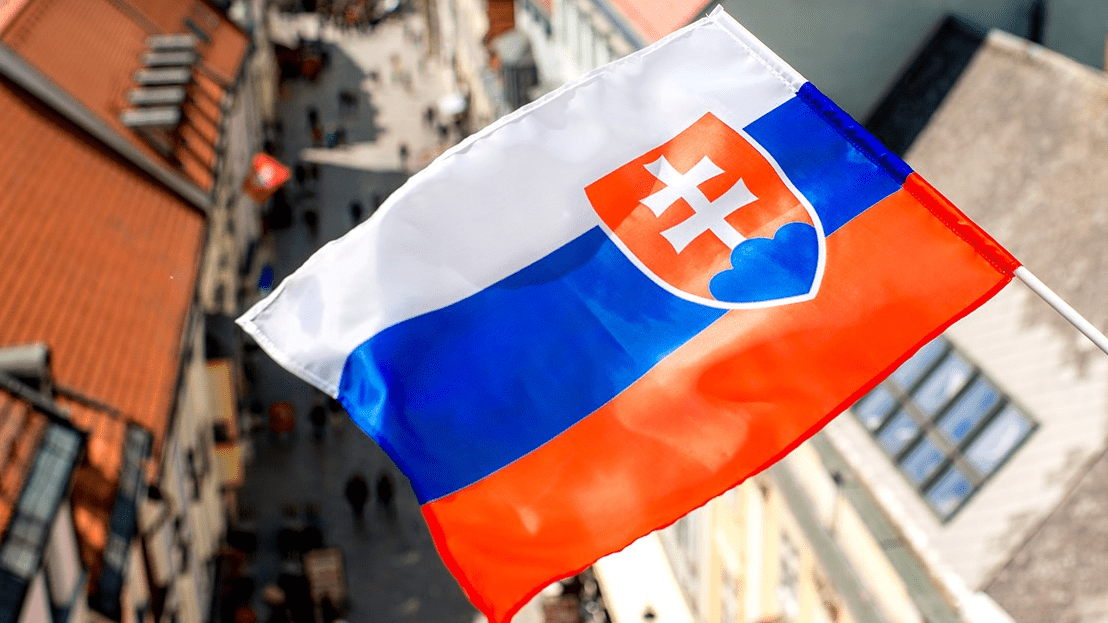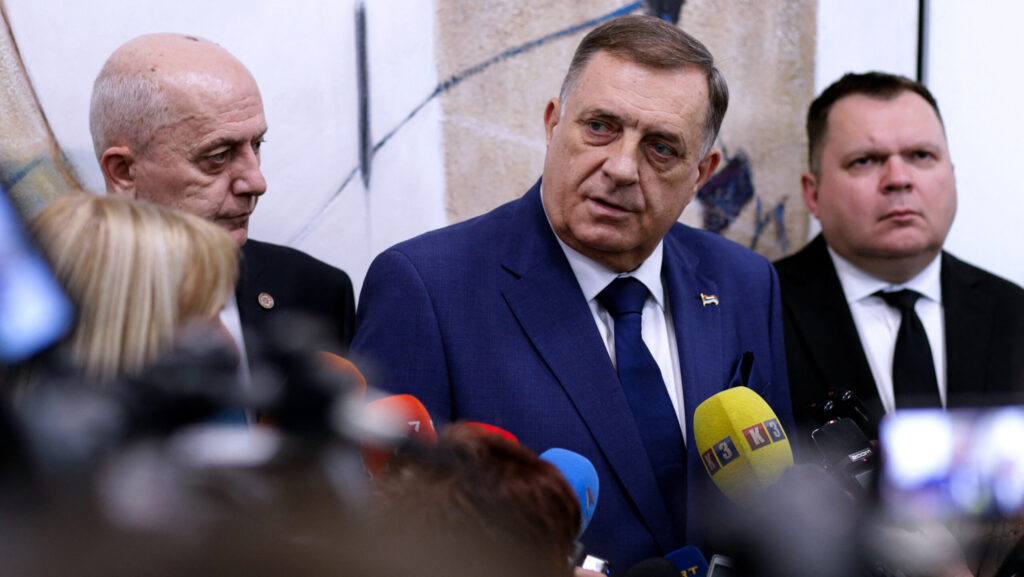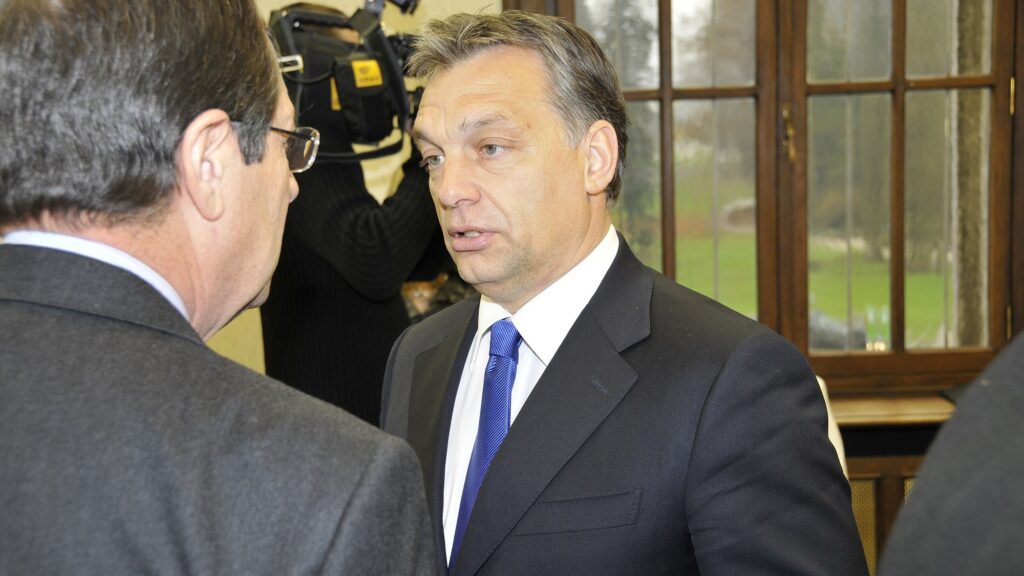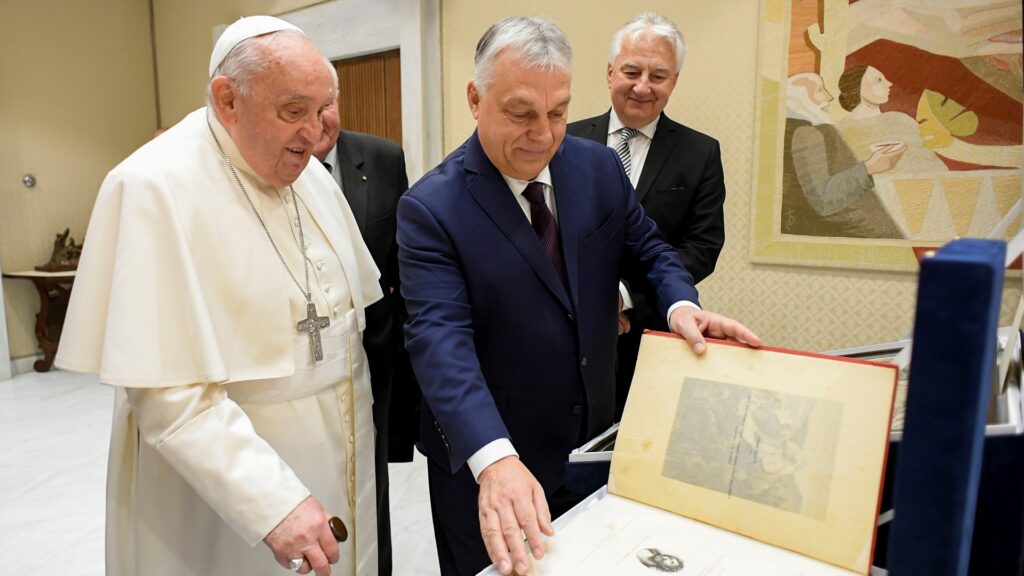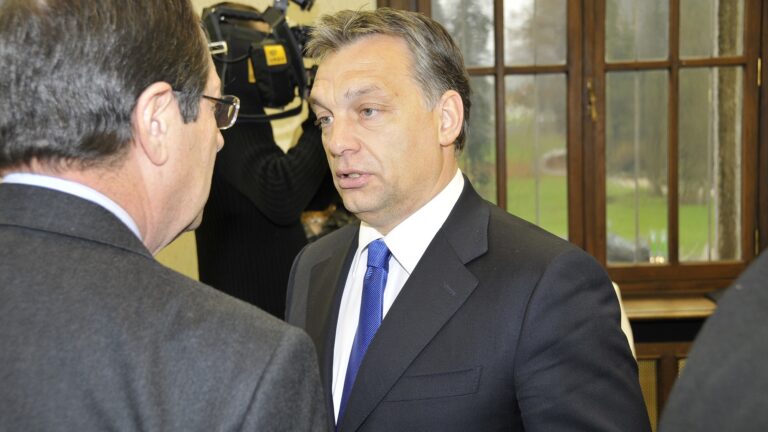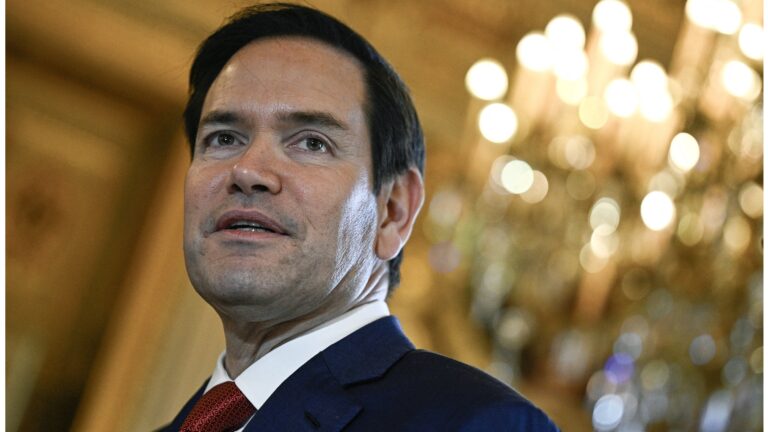After the disintegration of Czechoslovakia in 1992, the proportion of ethnic Hungarians within the newly-born Slovak state exceeded ten per cent. This homogeneous community living along the Slovak-Hungarian border has been present in the local, nationalist public discourse as a potential threat to national security since the establishment of the independent Republic in 1993. The origin of this feared threat can be traced back to historical events of the past. Until 1920, the whole territory of the current Slovakia was part of the Hungarian Kingdom. Her Southern region, mostly still Hungarian-inhabited, has already been returned once to the motherland in the course of history in 1938, consequently the anxiety within the majority of the nation in connection with the recurrence of history can even be felt strongly today. This is one of the main reasons why large public investments still avoid the region, degrading those living alongside the border as secondary citizens, regardless of their nationality, ethnicity or even their mother tongue.
The political fragmentation of ethnic Hungarians living in Slovakia is significant; very similar to that of the members of the majority. As in other parts of the world, local people tend to think heterogeneously, too. However, the polarized community condemned to minority fate is forced to bring forward questions of her own cultural survival strongly connected to language, education, autonomy and self-representation. The last 30 years have proven that real Hungarian advocacy in Slovakia can only be ensured through a strong Hungarian parliamentary presence, whereas no Slovak political force is willing to truly represent the non-Slovak national communities living in the country.
Considering the whole period that has elapsed since 1993,
the achievement of the Hungarian political unity in Slovakia has always been sub-served by the majority thanks to her discriminatory and anti-minority actions. In the mid-nineties, the merger of Hungarian parties was necessitated by an amendment to the Electoral Code, which raised the threshold for entering the parliament to five per cent. This unilateral, unfriendly step in legislation made it clear that Hungarian parties organizing themselves on the basis of ordinary political values—conservative, liberal, socialist, green, etc.—cannot cross the threshold on their own, and if they try, the votes of the Hungarian community will be lost. This recognition forced the parties to sit down at a negotiating table. The long and never-ending meetings and the hard discussions took a positive outcome: a compromise was made which manifested in a deeper cooperation leading to the establishment of a new political entity called Hungarian Coalition Party (MKP).
This new alliance fulfilled its role for more than a decade. Because of the merger, Hungarians gained strong and stable representation in both the parliaments in Bratislava and Brussels and in the Slovak government as well, through two cycles, between the years 1998-2006. This was the independent Slovakia’s most successful period, as she returned to the democratic world and managed to join both the European Union and North Atlantic Treaty Organisation in 2004. In 2006, however, a political turnaround took place, and the hitherto governing parties were forced into opposition. This affected the Hungarian’s political spheres badly. Although the partial unity persisted after 2006 as well, the loss of the governmental positions let the previously repressed inner conflicts and disagreements appear on the surface. This tension intensified over the years. Finally, the dominance of personal ambitions over community needs led to the split of the MKP by 2009 and resulted in the formation of a new, Slovak-Hungarian mixed political entity called Bridge (Most-Híd).
A ruthless competition broke immediately out between the two forces; however, it was clear that mathematically only one of them could triumph and get into the Parliament. This was certain, among other things, due to the rapid decrease in the number of ethnic Hungarians living in Slovakia. From this duel, surprisingly, a new entity emerged victoriously repressing the old club and taking the leading role over among the Hungarians in Slovakia. For the Most-Híd, however, the status in the system and not the community mattered the most. They immediately managed to become a member of the newly formed government. However, the right-wing coalition failed after two years of ruling. In the 2012 elections, the Most-Híd again proved to be more supported than the MKP and qualified into the Parliament. The same was the case in 2016, when they even became a member of the government again.
Since the accession of Slovakia to the European Union in 2004,
the Hungarian community used to send two representatives into the European Parliament. In 2004 and 2009, both members of the EP came out of lines of the MKP. Despite Most-Híd’s rise from 2010, this competition did not become one-sided since one representative got elected from both parties in 2014. However, in 2019, the number of Hungarian MEPs from Slovakia fell to zero signalling the dramatical decline of the community’s influence both in Slovakia and in Europe. The loss of direct representation in Brussels did not prove to be a sufficient warning for the decision makers, however, many feared that in the next elections access to the Parliament in Bratislava may also become doubtful. Although the parties started to negotiate on the merger, the process did not end successfully. In their final despair, a group of young politicians and civil professionals established a new political formation called Joining (Összefogás), which aimed to recreate the former unity. However, every effort proved to be insufficient. The 2020 parliamentary elections repeated the results of the 2019 EP elections and no Hungarian party managed to enter the parliament in Bratislava.
This slap, however, had a sobering effect. In the summer of 2020, the leaders of the three leading parties – MKP, Most-Híd, Összefogás – signed a solemn declaration of future cooperation. In March 2021, the merger of the three political subjects was put into practice under the name Alliance (Szövetség). Details of the future of this unity are currently being worked out. At the very moment it seems that the new party is going to establish a system that creates platforms for adherents of various political values. Due to the specificity of the electoral system in Slovakia, the final order of the candidates is determined by the voters through their preference votes. So theoretically, if the platform-like formation will get a green light, all political values may be measured within one party and one candidate list. Most importantly, Hungarians living in Slovakia may be able to support one Hungarian party as well as their favourite political value and politician within one formation. No other way leading to success can be seen today.
Whether the merger will be successful is still a question for the future. There are numerous details to be worked out thoroughly until the next election, which may not be so far. It is clear today, however, that there is no success for Hungarians in Slovakia on separate paths.

